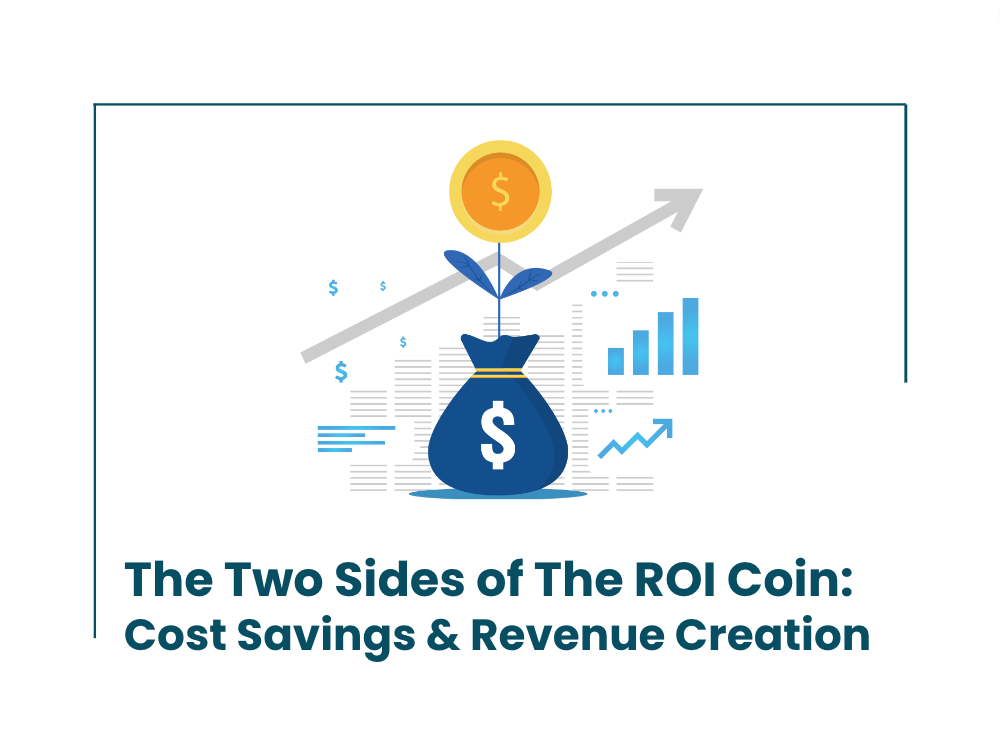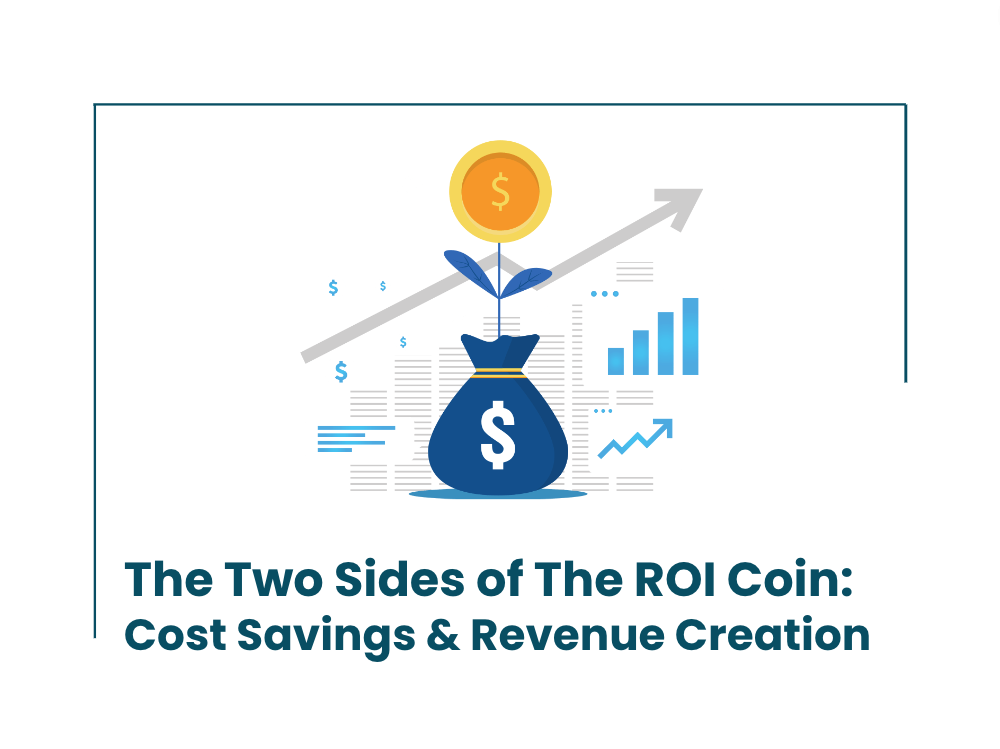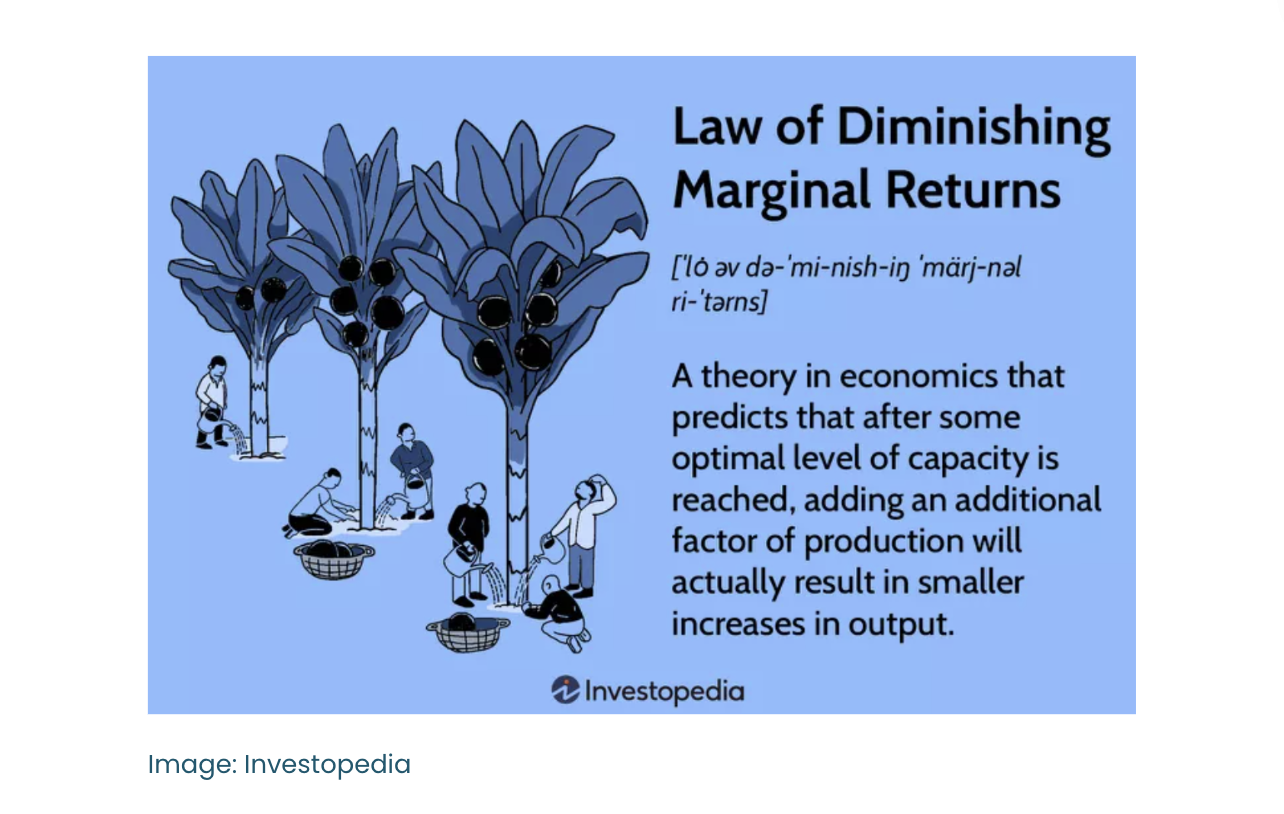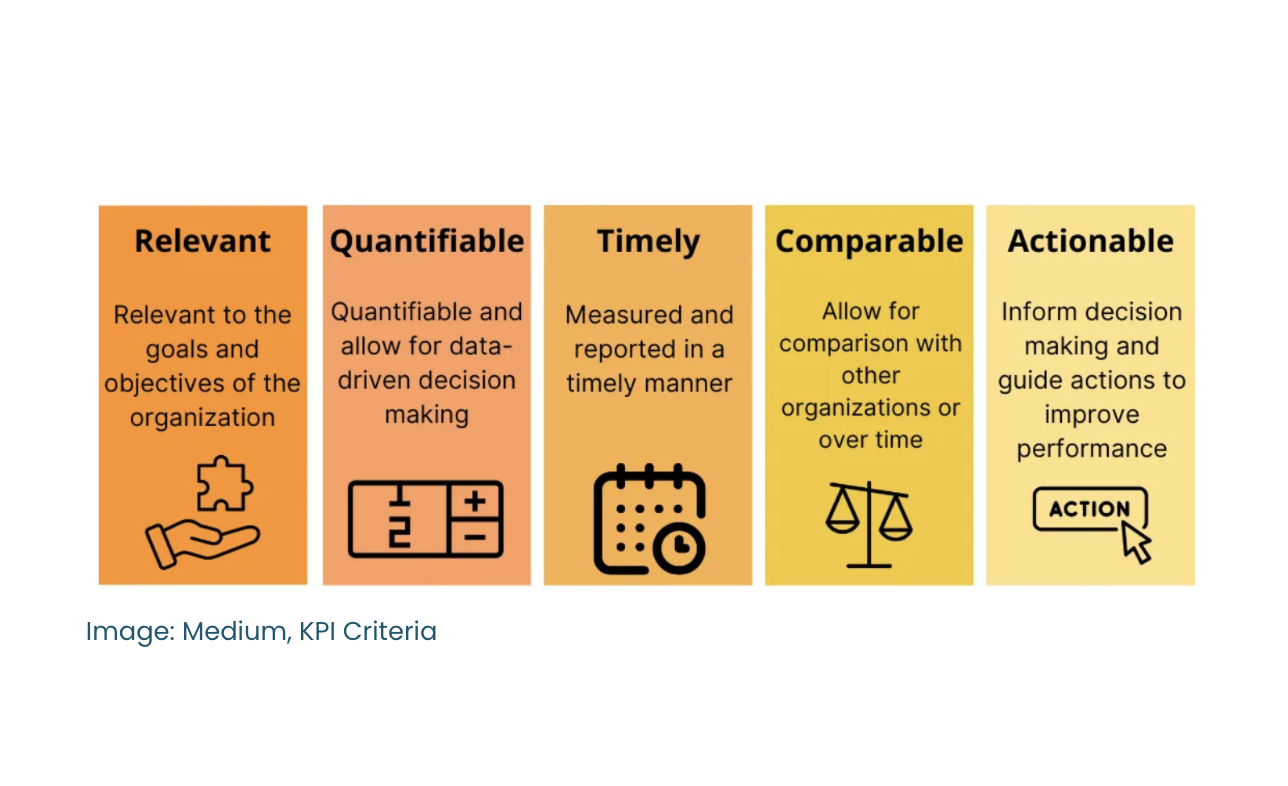
Contents

In the dynamic landscape of business, ROI (Return on Investment) stands as the paramount indicator of success. However, a common pitfall for many entrepreneurs is an exclusive focus on cost-saving strategies, inadvertently neglecting the myriad of revenue-creating opportunities that exist. For small business owners, a holistic understanding of ROI—encompassing both cost reduction and revenue enhancement—can be transformative. By adopting a comprehensive approach to ROI, you not only safeguard your investment but also unlock potential avenues for growth and innovation. This blog article delves into the intricacies of achieving a balanced ROI evaluation, providing actionable insights to foster sustainable growth and elevate your business to unprecedented levels of success.
Cost Saving
When evaluating ROI, many entrepreneurs instinctively focus on cost-saving strategies. This inclination is understandable, as saving money provides an immediate sense of accomplishment, particularly for businesses operating with limited budgets. Reducing expenses on supplies, labor, and utilities can offer a quick boost to the bottom line. However, while this approach is effective in the short term, it has inherent limitations.
Cost-saving measures often yield diminishing returns. Once operations are optimized, there is a finite limit to further savings. For smaller businesses, the impact of these savings is often less pronounced compared to larger enterprises with more significant overheads. Consequently, while cost-saving is important, it should not be the sole focus.

The ROI from cost-saving is essentially a numbers game. The more resources you have, the more you can save, and the better your ROI will appear. Larger corporations with extensive overheads can reap substantial benefits from cost-cutting. In contrast, smaller businesses see relatively modest gains. Therefore, it is crucial to balance cost-saving strategies with other methods of enhancing ROI.
Smaller businesses must be strategic in their cost-cutting efforts. Identifying areas where efficiency improvements can lead to significant savings without compromising product or service quality is key. Investing in tools and software that automate repetitive tasks or optimize processes can free up valuable resources without requiring hefty upfront investments.
While cost-saving measures are indispensable for improving ROI, they must be part of a broader strategy that includes revenue-creating initiatives. A balanced approach ensures that your business remains competitive, resilient, and poised for sustainable growth. Partnering with an experienced operations business consultancy can enable businesses to uncover a variety of effective cost-saving strategies, helping enterprises achieve a more robust and resilient financial position.
Revenue Creation
To truly maximize ROI, businesses must broaden their focus beyond mere cost-saving measures and emphasize revenue creation. Significant gains can be realized by reallocating time and resources towards activities that directly contribute to income creation. This could encompass enhancing marketing efforts, intensifying sales activities, or accelerating product development initiatives.
Consider the potential impact of freeing up your team's time. If your employees are currently dedicating 15-20 hours a week each to administrative tasks, automating these processes could enable them to redirect those hours toward revenue-creating activities. Even an additional 5-10 hours per person a week focused on driving sales can substantially boost your top line.
The adage "time is money" phrase holds especially true as effective time management can lead to considerable revenue gains. By investing in tools that streamline operations and reduce time spent on non-essential tasks, you can reallocate that time to activities that drive revenue. For instance, if you increase the RFP responses by 60% annually that can lead to major revenue creation opportunities. Similarly, project management tools can help keep tasks organized and ensure timely completion, freeing up time to pursue new business opportunities.
Customer retention is another crucial aspect of revenue creation that often gets overlooked. Retaining existing customers is generally more cost-effective than acquiring new ones. Tools like AI chatbots and enhanced customer service platforms can improve customer satisfaction and retention rates, directly impacting your revenue. Improving customer satisfaction by just a few percentage points can lead to significant revenue gains. Satisfied customers are more likely to make repeat purchases and refer others, creating a virtuous cycle of growth. Therefore, investing in tools and strategies that enhance customer experience can yield a high ROI.

Balancing Cost Saving and Revenue Creation
The key to maximizing ROI lies in striking a delicate balance between cost-saving measures and revenue-creating activities. Focusing too heavily on one aspect at the expense of the other can lead to missed opportunities and stunted growth. By adopting a holistic approach, businesses can ensure not only immediate financial health but also long-term sustainability and growth.
Implementing cost-saving measures is essential to keep expenses under control and improve efficiency. This includes streamlining operations, negotiating better terms with suppliers, and adopting technologies that automate routine tasks. However, solely concentrating on reducing costs can result in diminishing returns and may eventually hinder your business's ability to innovate and expand.
Conversely, revenue-creating activities such as enhancing marketing efforts, expanding sales channels, and investing in product development are critical for driving growth. These activities require an upfront investment of time and resources but can lead to substantial returns if executed effectively. The challenge lies in finding the right mix of cost-saving and revenue-creating strategies that align with your business goals.
To accurately understand the ROI of your efforts, it's essential to measure the impact of your strategies. Use key performance indicators (KPIs) to track both cost savings and revenue gains. Regularly reviewing these metrics ensures your strategies are delivering the desired results. For cost-saving measures, track metrics like reduced expenses, improved efficiency, and lower overheads. For revenue-creating activities, focus on metrics such as increased sales, higher customer retention rates, and improved customer satisfaction scores.

Maximizing ROI requires a balanced approach that incorporates both cost-saving measures and revenue-creating activities. This means being strategic about where to cut costs and how to reallocate time and resources towards activities that drive income. By focusing on both sides of the ROI coin, leaders can ensure sustainable growth and long-term success for their business.
Are you ready to take your ROI to the next level? At Louder Co., we adopt a holistic approach to operations and AI technology, ensuring your business not only maximizes ROI but also successfully achieves its goals. If you're prepared to embark on your journey, schedule a call with Louder Co. today! Together, we can transform the complexities of operational success into opportunities for growth and prosperity.


